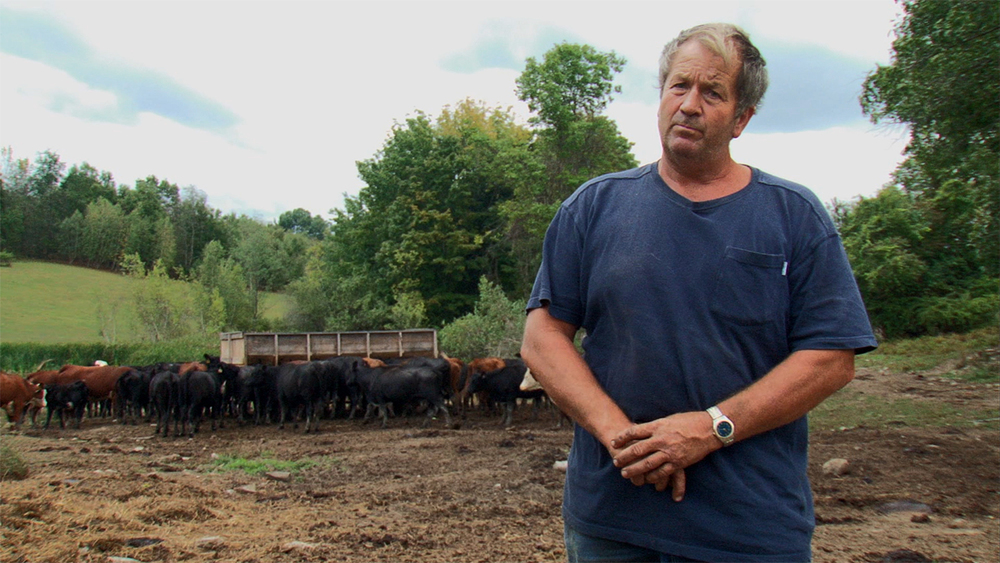The Bread Lab has been receiving a lot of buzz recently. It’s graced the pages of the New York Times, New York Magazine, Mother Jones — and it even inspired its own section in Dan Barber’s opus The Third Plate. If the Bread Lab were a schmancy new restaurant run by an innovative chef, the coverage wouldn’t be too surprising. Instead, the Bread Lab is a part of Washington State University’s ag extension program.
[grist-related-series]
“Hold the scone — why should I care about a dang agriculture program?” you may ask. First off, great topical pun. Second, the Bread Lab is shaking up the carb world as we know it. Plant breeders at public universities have historically concentrated on yield when breeding wheat and other grains. As a result, America grows 10 percent of the world’s wheat supply, but the resulting flavorless toast is, well, pretty milquetoast. Plus, unless you’re a big farm, it’s hard to make a living on commodity wheat’s low prices.
That’s where the Bread Lab comes in. The plant breeders there work with farmers and bakers to develop new lines of wheat. They test the strains with high-tech machines and good ol’ fashioned bakers. The resulting breads can run the gamut from surprisingly chocolatey loaves to delightfully buttery baguettes. Grand Central Bakery, with stores in Seattle and Portland, uses some flour that has gone through the Bread Lab. Head baker Mel Darbyshire says that particular strain has a “bright, fresh” flavor. This isn’t your chalky, flavorless bin flour.
By growing a specialty wheat, and cutting out a bunch of middlemen, the farmer can get a better price for her wheat. The Bread Lab could be an important tool for keeping some mid-size farmers afloat.
As the Bread Lab is right in our home state, we had to go see this intersection of science and dough for ourselves. Watch what we learned!


